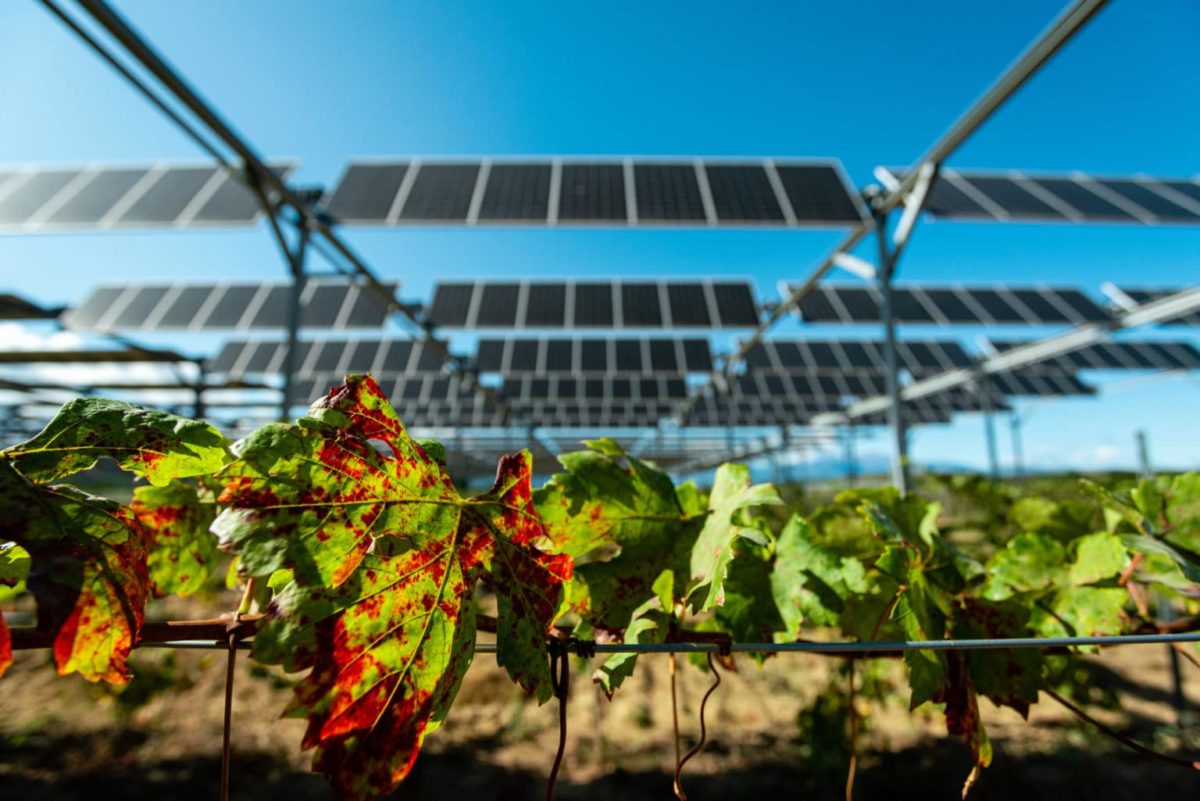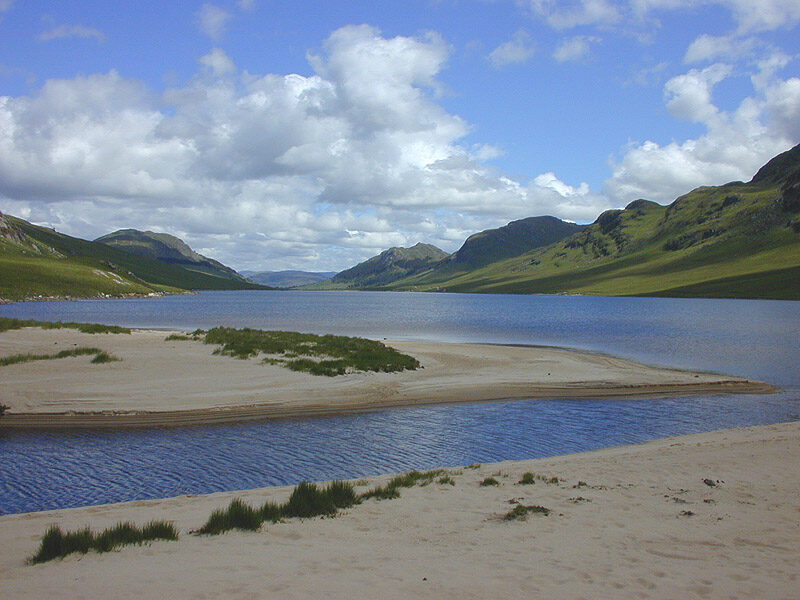Italy's solar industry has turned out in force in Rimini this week, at the Key Energy renewables event which is a traditional draw for the PV sector, and which is held as part of the Ecomondo circular economy show.
Agrivoltaics were the subject of presentations on yesterday's opening day of the show, with experts in the field suggesting Italy could become a world leader in the technology, despite the difficulties solar developers are encountering in the nation.
“Italy can be a living laboratory,” said Alessandra Scognamiglio, coordinator of the task force on sustainable agrivoltaics at Italian research agency ENEA, formerly the Energia Nucleare ed Energie Alternative. Scognamiglio told pv magazine Italy has ambitious energy objectives but is constrained by two factors: having the world's highest concentration of UNESCO sites, and globally popular agricultural production.
AgriPV
“We know that there is significant interest from entrepreneurs,” she said. “However, at the moment, the authorization process is confused and obliges entrepreneurs to invest significant time and resources.”
The relatively novel technology of agrivoltaics is developing faster than legislation in Italy, said Scognamiglio, who added: “Globally, agrivoltaic projects are of limited size but it is now a matter of making a leap from the current 200 kW plants to plants covering up to 100 hectares. Defining criteria and suitable areas is complex because of the limited experience and experimentation globally.”
A cross-disciplinary approach is needed to guide agrivoltaic legislation, said the researcher, because the current permitting process involves several layers of assessment. “This is the second complexity. That's why a trans-disciplinary approach is important,” said Scognamiglio, adding she feels Italy is moving in the right direction.
The Italian government has committed to devote €1.1 billion to establishing 2 GW of new agrivoltaic generation capacity this decade as part of its EU-funded post-Covid National Recovery and Resilience Plan. “Italy is the only EU country that included funds for agrivoltaic projects in its recovery plans,” said Scognamiglio.
ENEA is a key player in the recently funded National Network for Sustainable Agrivoltaics. “The platform allows a wide range of actors to confront and understand each other, allowing them to team up and come up with a trans-disciplinary approach that reflects complexity,” said Scognamiglio. “We are promoting a way of proceeding with PV installations which is quite different and new.”
The state body worked on the organization with ETA Florence, a communications firm dedicated to accelerating the green transition, and the network’s website went live in an updated version this month.
ETA Florence project manager Giulio Poggiaroni told pv magazine: “The network was launched in April but we started the activities in September. The goal is to become the point of reference, and meeting point, for the agrivoltaic community in Italy, [to] provide clarifications [and] updates, [and to] give space to companies and innovative solutions.”
Multi-disciplinary
The need for a cross-cutting approach to the deployment of solar-based agricultural installations was endorsed by consultant Fabrizio Cembalo Sambiase, who told pv magazine: “I believe that the completion of the work entrusted by the Italian government to ENEA and, in several respects, to the GSE [state renewables and energy efficiency body the Gestore dei servizi energetici], could be a reasonable approach.”
Cembalo Sambiase added, a one-size-fits-all approach is of little help for agrivoltaics, as projects must be suited to their individual sites and territories. “The plants must not be thought of as technological structures to be superimposed on an undifferentiated territory, but as opportunities to rethink man's relationship with his environment and the activities that take place there,” he added, stating the experience to be accumulated during the deployment of new systems would help change the planning approach, and cultural ideas about solar in the landscape. His position resembles ENEA’s attempts. The research agency has worked since 2010 to prove agrivoltaic systems must be seen as landscape-integrated photovoltaic facilities.
This content is protected by copyright and may not be reused. If you want to cooperate with us and would like to reuse some of our content, please contact: editors@pv-magazine.com.



Good to see Mrs Scognamiglio being also the General Chair of the next, 8th World Conference on Photovoltaic Energy Conversion in Milan, 2022